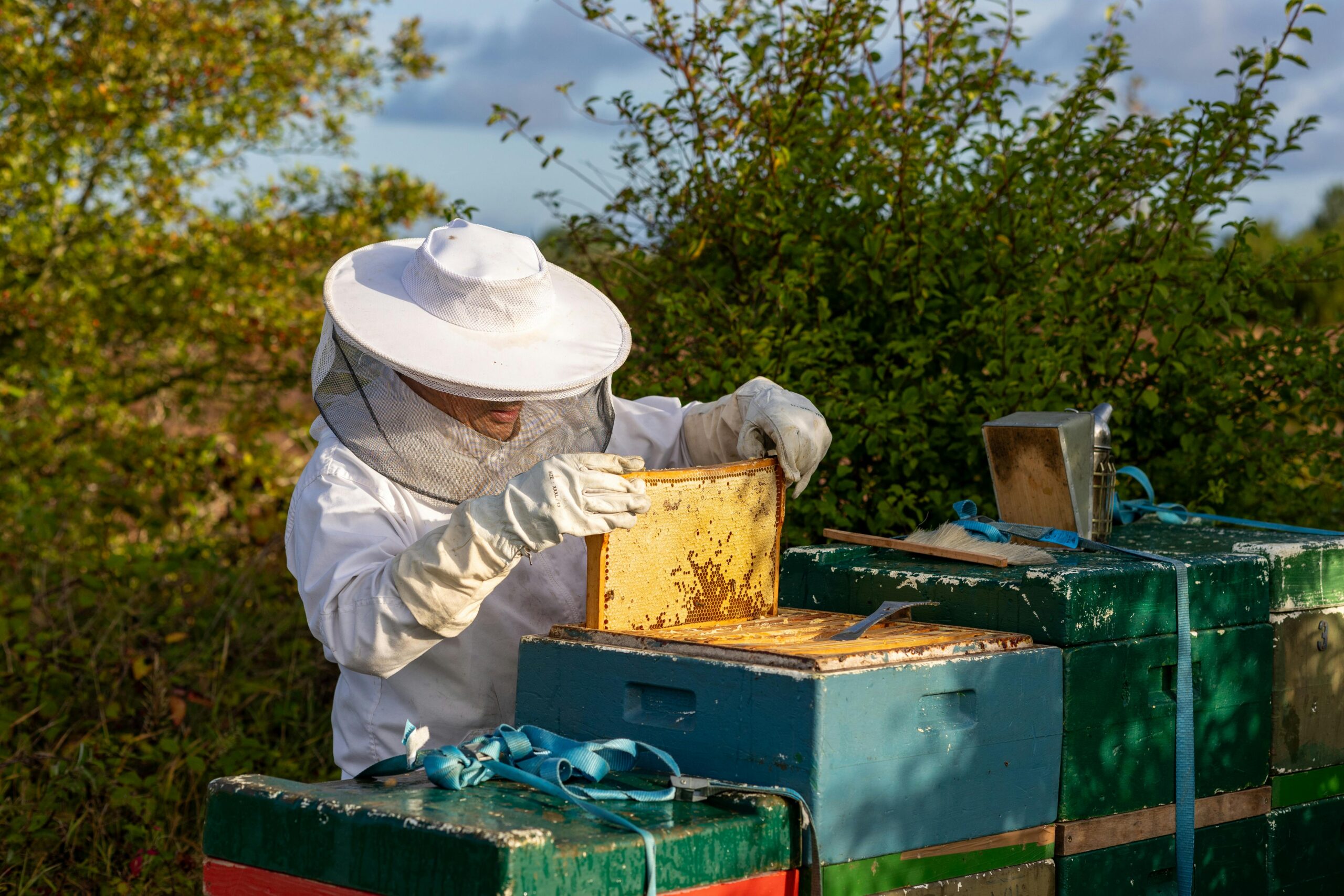When people talk about preparing for their first hive inspection, they usually mention reading books, watching videos, or asking questions in a local bee club. All of that helps, but nothing replaces actually putting your hands on your equipment and walking through the steps. That’s where mock hive inspections come in.
These are dry runs—inspections without bees—that let you build habits, understand your gear, and move through your process with confidence. They won’t teach you everything, but they’ll help prevent a lot of basic mistakes when the bees actually show up.
I strongly recommend doing multiple mock inspections before your first live one. Don’t just rehearse once and move on. You’re building muscle memory, and like anything else, that takes repetition.
What You’ll Get Out of a Mock Inspection
A mock inspection isn’t about pretending there are bees—it’s about using the time before your bees arrive to get comfortable with your tools, gear, and flow. Here’s what you can learn from doing them:
- How to organize your gear, lay out your tools, and settle into a rhythm
- How to get a feel for the dexterity—or lack of it—when wearing heavy bee gloves
- How to develop a sense for manipulating frames around each other without collateral damage (think: beekeeping’s version of the game Operation)
- How to recognize weak spots in your process before bees are involved—whether that’s fumbling with your hive tool, forgetting frame order, or realizing your suit doesn’t fit right
You’re not learning how heavy a super full of honey is. You’re not practicing bee behavior. What you’re doing is training yourself to work with intention ,and to keep your head when the adrenaline hits during that first real inspection.
Practice Where You’ll Actually Keep Your Bees
If you’re doing mock inspections to prepare for the real thing, do them where your hives will actually be located. Set up in your apiary, stand where you’ll stand, and work at the time of day you expect to do most of your inspections.
If you’ll be working in full sun, wear your gear and feel the heat. If your hive location is exposed to wind or tucked into a corner of your yard, get used to navigating that space. Don’t rehearse in perfect conditions if that’s not what you’ll be working in.
The closer your practice matches the real-world conditions, the more it’ll pay off when your bees arrive.
What You’ll Need
You don’t need a full hive setup, but the more realistic the better. Here’s what I suggest:
- At least one brood box with 8–10 frames
- An inner and outer cover
- A bottom board
- A hive tool
- A smoker (you can practice lighting and managing it separately or during your mock inspections)
- The protective gear you plan to wear (suit, gloves, veil, etc.)
You’re not simulating everything at once. You’re walking through a deliberate inspection: opening the hive, removing a frame, examining it, replacing it, and repeating with control and consistency.
Common Mistakes You Can Fix Ahead of Time
Doing a mock inspection helps you work out the kinks before they cost you time or stress in a live hive. Here are a few things you’ll catch early if you run through the process a few times:
- You realize your gloves are too stiff and you can’t grip a frame properly
- Your hive tool keeps slipping because you haven’t figured out the right angle
- You’re fumbling with your veil or forgetting to bring something
- You’re disoriented after pulling two frames and unsure which came from where
- You don’t yet have a system for putting everything back in place
These are all things that can turn a calm inspection into a frustrating mess if you’re not ready for them. Mock inspections let you figure that out before you’ve got 40,000 bees watching.
Watch My Full Mock Hive Inspection
I recorded a full-length mock inspection to show you how I run through the process. It’s not flashy—but it is exactly how I’d walk through my equipment to get ready for the season. You can follow along, pause, and copy the flow if it helps.
🎥 Watch the full video here:
https://youtu.be/KT4syWKI6jw
Final Thoughts
If you’re getting ready for your first hive inspection, don’t wait until the bees are buzzing in your face to start learning how to move. Mock hive inspections let you train your body, your hands, and your mind to work with intention. They won’t teach you everything—but they’ll give you enough familiarity to stay calm, work safely, and learn faster once the bees arrive.
So don’t just do one. Do several. Get comfortable. Then get ready. Because when you lift that first real frame full of bees, you’ll be glad you didn’t go in cold.
Want More Beekeeping Info?
Watch on YouTube
https://youtube.com/@beekeepingfornewbees
Join the Discord Community
https://discord.gg/XzkqFKrjMJ
Visit the Beekeeping For Newbees Website
https://beekeepingfornewbees.com
